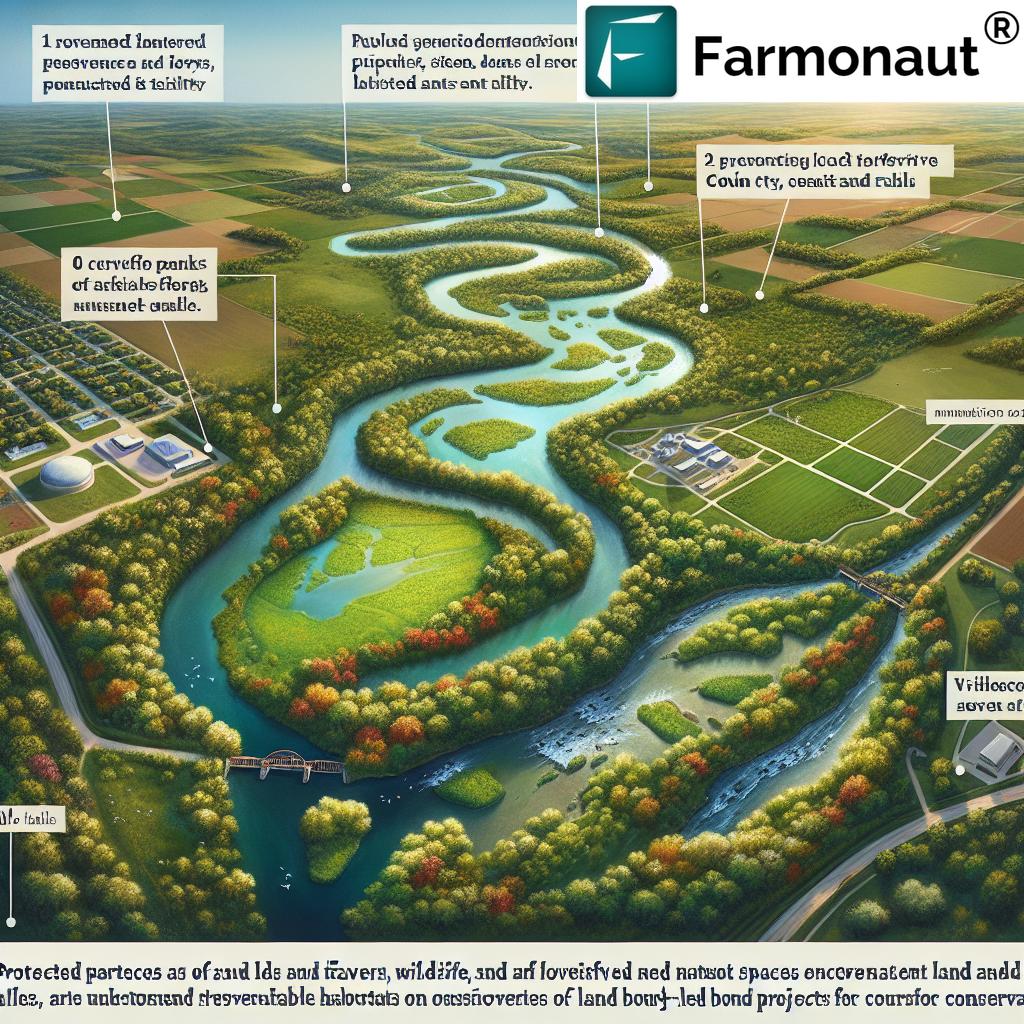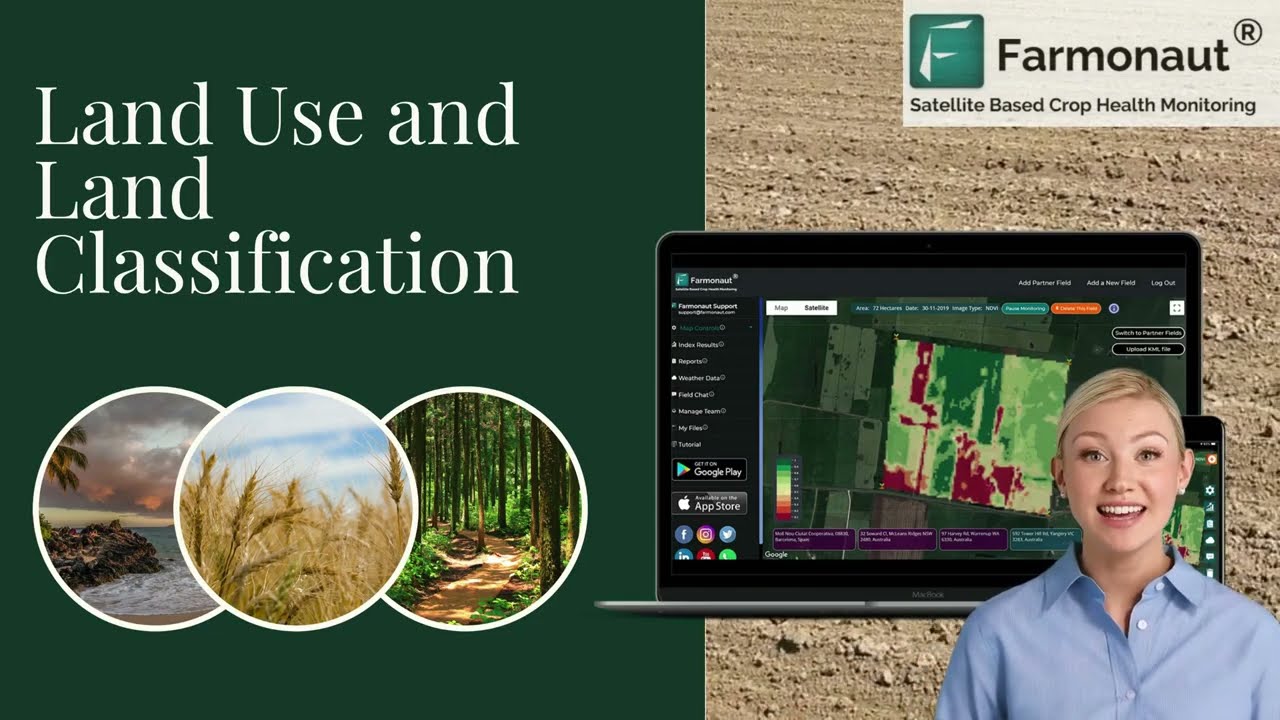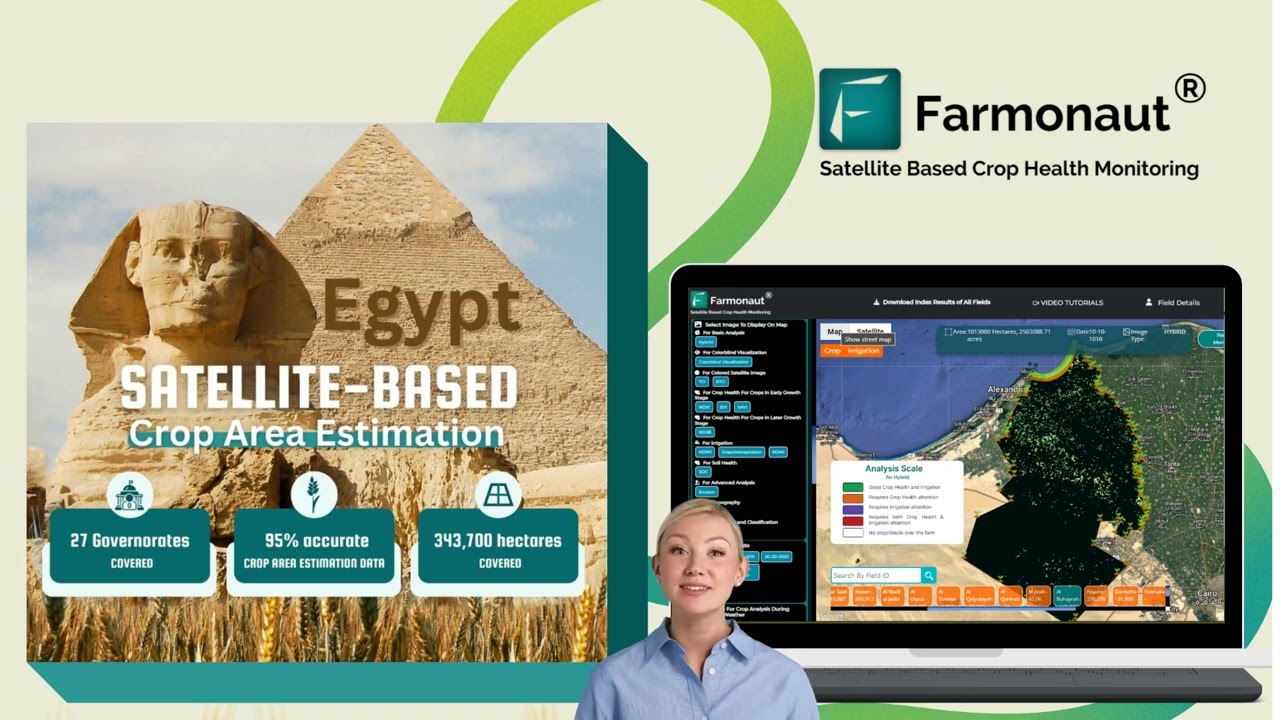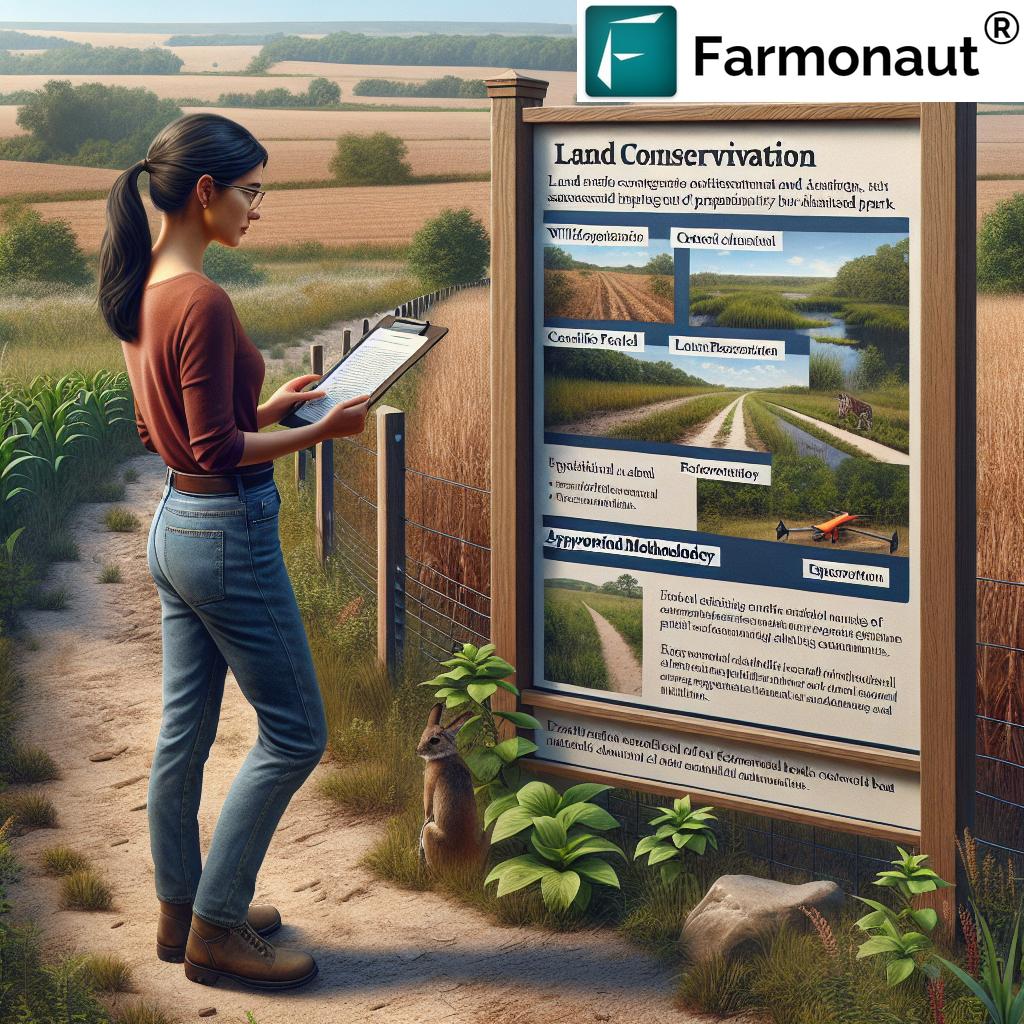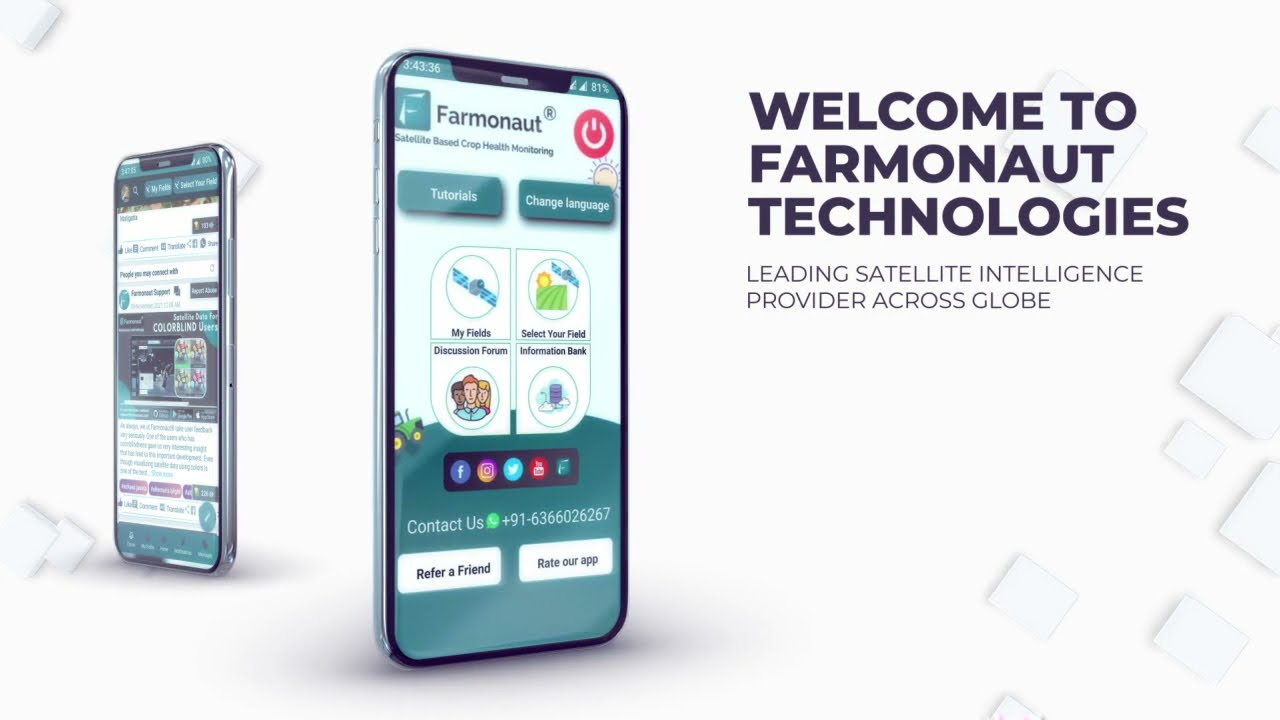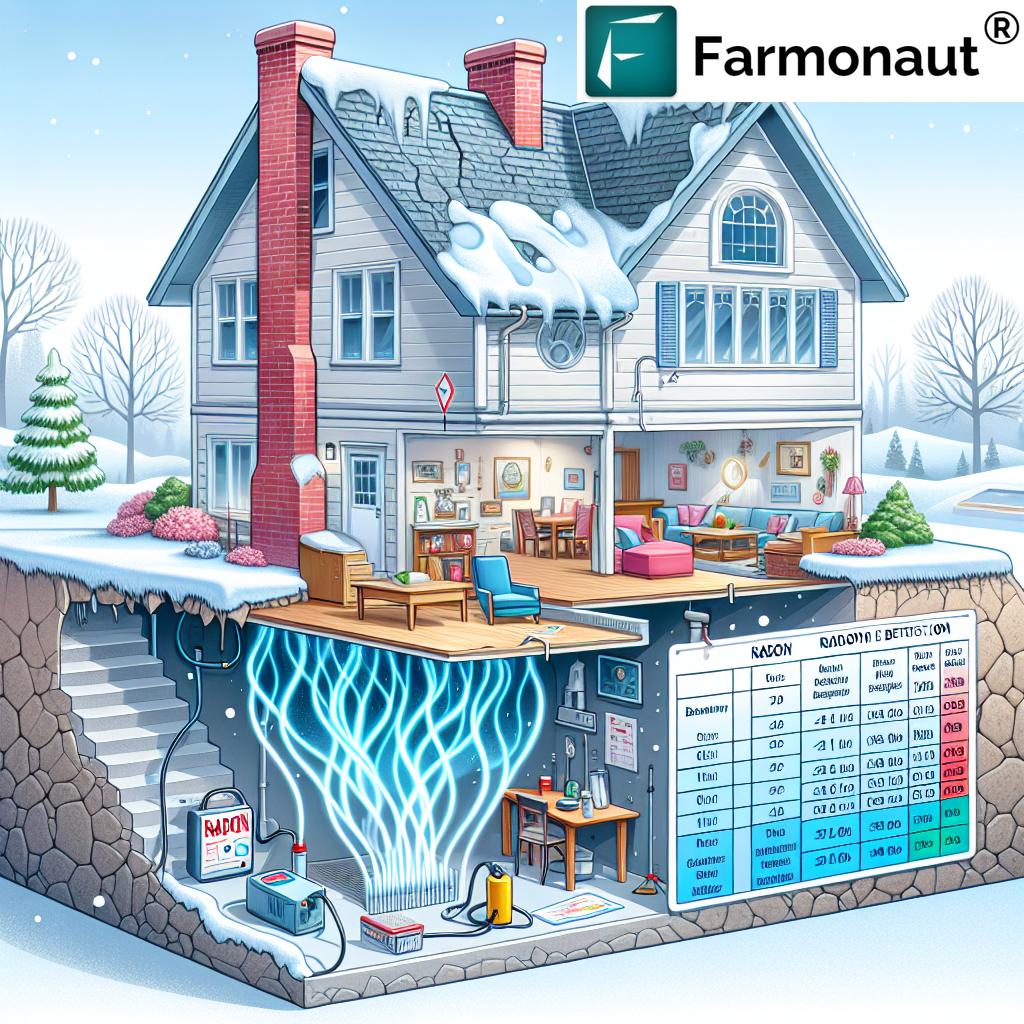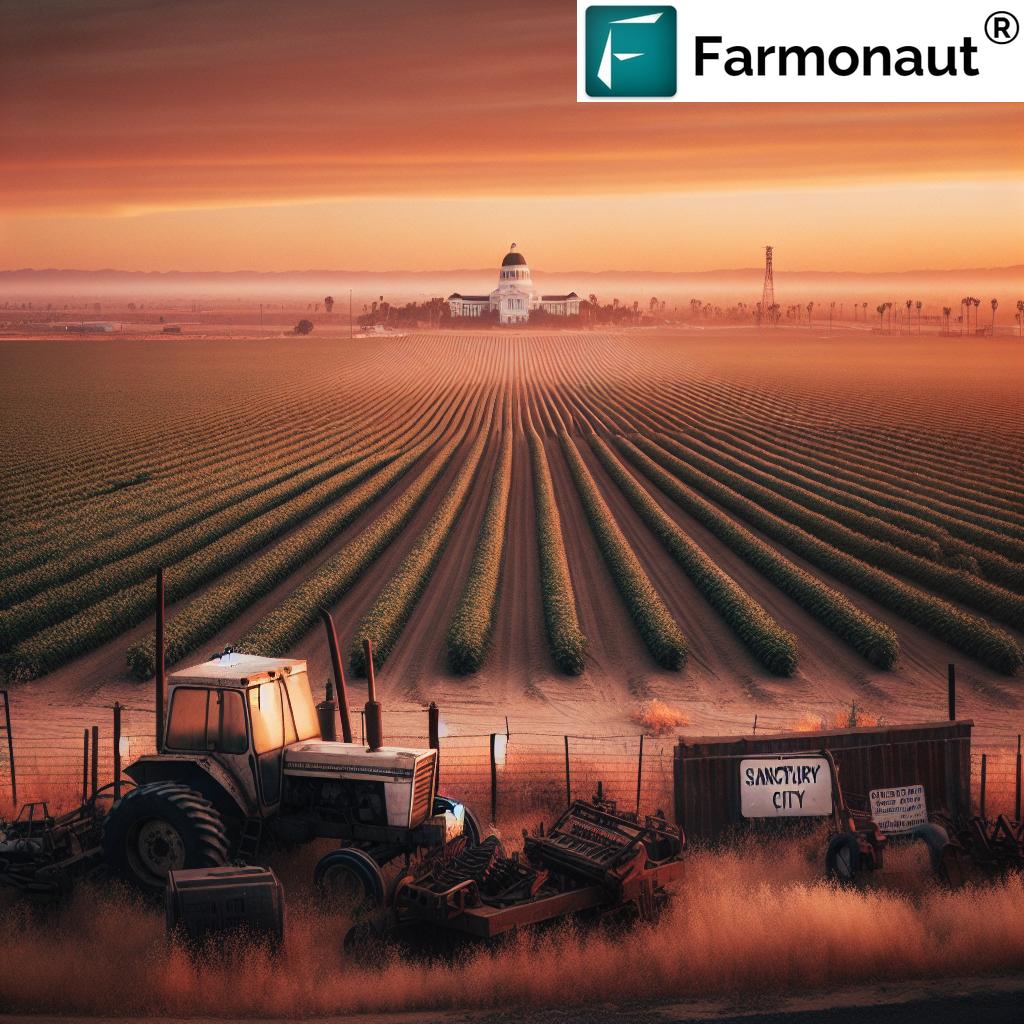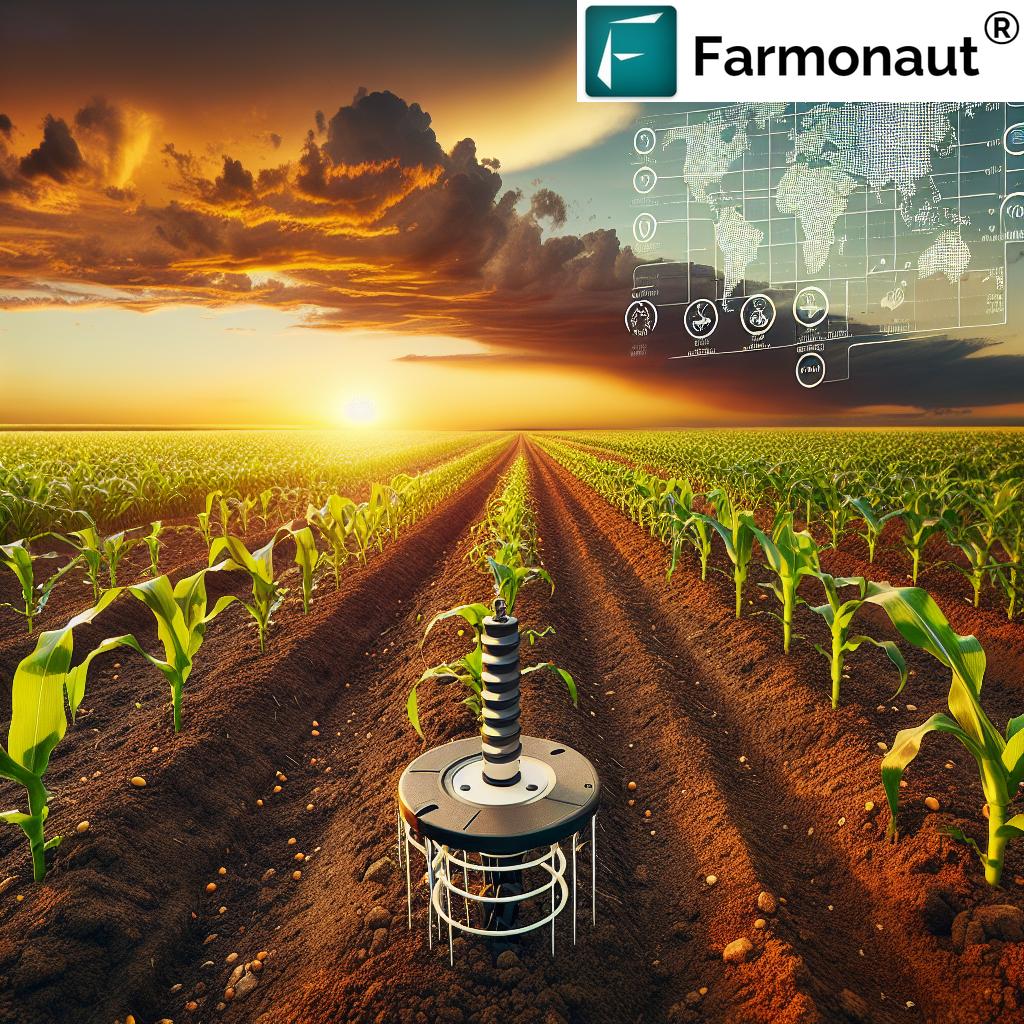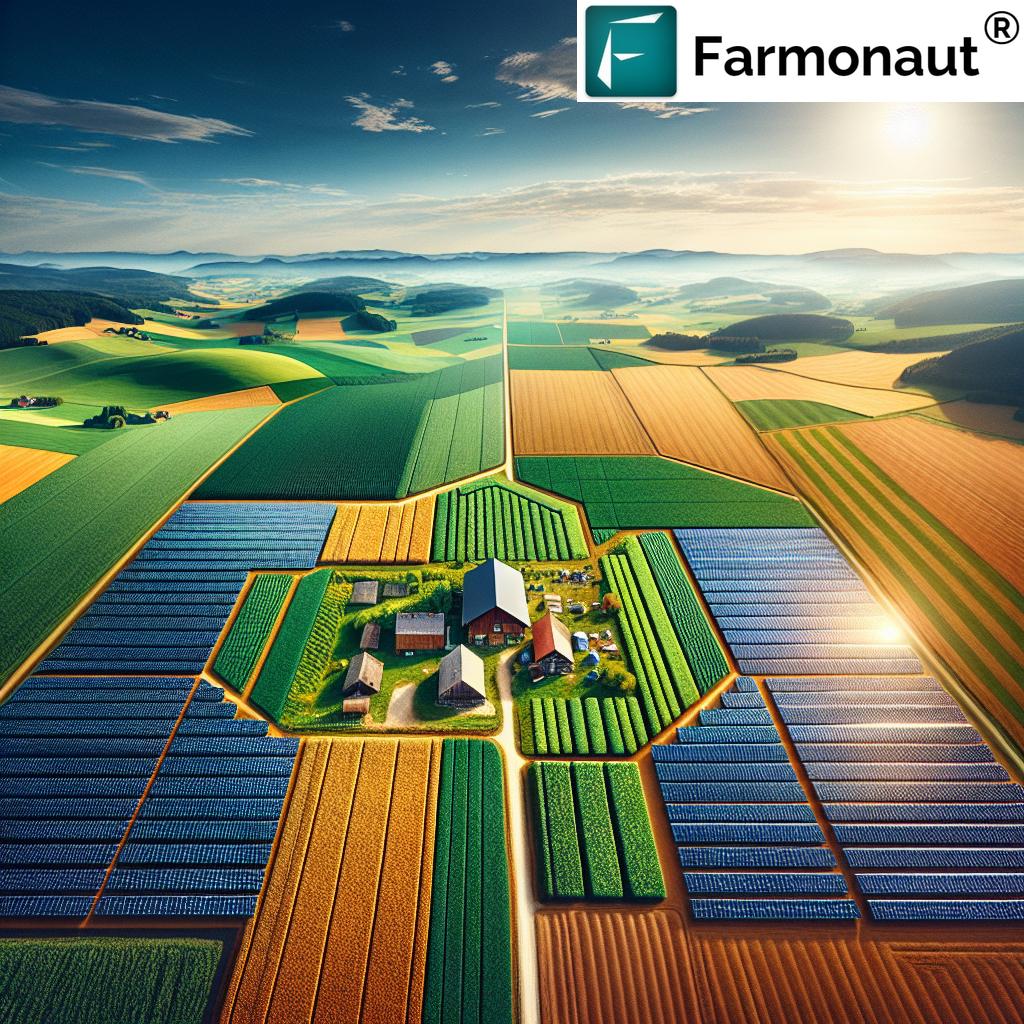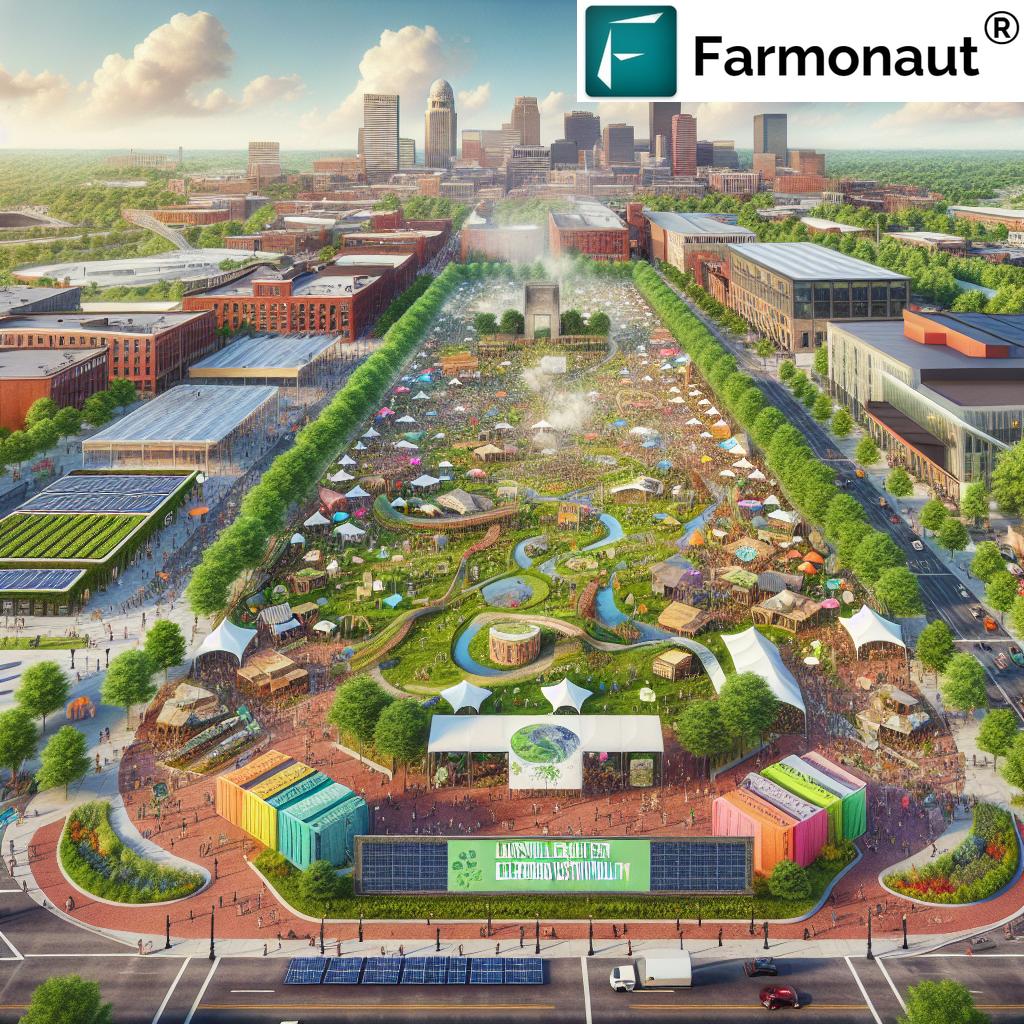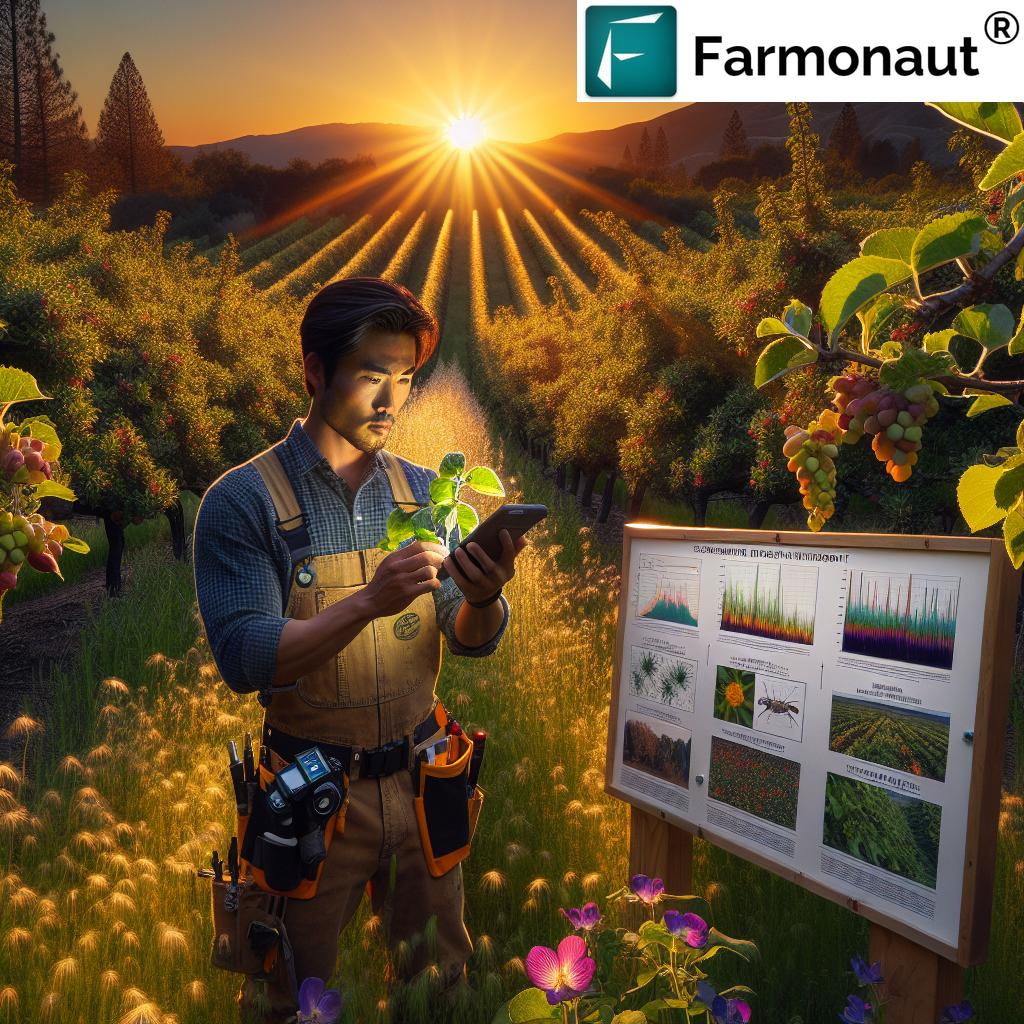Johnson County Conservation Bond: 7 Powerful Ways It Transforms Iowa
“Johnson County’s conservation bond has preserved over 2,000 acres of land, enhancing Iowa’s natural habitats and biodiversity.”
Introduction
In November, Johnson County voters overwhelmingly approved a $30 million conservation bond, setting in motion a new era for land preservation, water quality improvement, and expanded public access to parks and trails right here in Iowa. As residents living amidst the rolling prairies,
natural areas, and vibrant communities of Johnson County, we are not just bystanders—we are stewards of a shared vision: safeguarding our environment for current and future generations.
The Johnson County Conservation Bond doesn’t just invest in land; it invests in our health, our recreation, our wildlife, and the fabric that binds urban and rural Iowa together. Throughout this comprehensive blog, we’ll embark on a journey across the seven powerful ways this conservation bond transforms Johnson County and Eastern Iowa. By diving into the actual mechanisms, priorities, and results, we’ll discover how local planning, state-of-the-art projects, and community-driven conservation efforts are unlocking new opportunities for all.
We’ll also demonstrate how innovative solutions from companies like Farmonaut are empowering agricultural and land management stakeholders, providing invaluable resources essential for maximizing these conservation opportunities. Join us as we explore,
step-by-step, why over 77 percent of voters gave their resounding approval and how Iowa’s sustainability story is being rewritten.
Understanding the Johnson County Conservation Bond: Approval, Background, and Vision
In 2023, the electorate of Johnson County made a pivotal choice for the environment. More than 77 percent of voters gave their nod to a $30 million county conservation bond. This surpasses the required 60 percent threshold for bond approval, showing our collective drive to protect our land, water, and future.
- What is a Conservation Bond? It’s a publicly-issued financial instrument, repaid through property taxes over 20 years, dedicated solely to conservation projects such as land acquisitions, trail development, and water quality improvements.
- Why Was This Needed? Johnson County faces challenges ranging from encroaching development to water quality concerns, and dwindling public access to natural areas. The bond provides financial muscle for measured, long-term action.
- Legacy: Our first bond in 2008, at $20 million, was a trailblazer in Iowa, setting a model that many counties have since looked toward. The new bond builds on this proven success with more funds and even greater ambition.
Today, the vision is grounded in environmental sustainability, public health, and an economy enriched by open space, access, and recreation. Let’s break down how these funds are being prioritized and allocated through impactful projects and why this matters for every resident.
For organizations and agencies engaged in land and resource management,
Farmonaut’s Fleet Management solution
provides efficient logistics, improved oversight, and cost reduction for conservation operations in the field.
1. Land Preservation Opportunities in Iowa: Maximizing Conservation with the Bond
Perhaps the most profound impact of the iowa conservation bond is found in proactive land preservation. Our county’s patchwork of agricultural, woodland, and riverine parcels is under constant threat from development and habitat fragmentation. The conservation bond empowers us to:
- Prioritize High-Value Parcels: Instead of random acquisitions, we focus on rare environments, parcels adjacent to existing federal, state, or county conservation areas, and corridors connecting natural habitats.
- Work with Landowners: Most land preservation opportunities originate from landowners interested in creating a family conservation legacy. Options include direct sales, bargain sales, donations, or placing a conservation easement for perpetual protection.
- Restore Ecological Function: Key acquisitions, especially along Cedar and Iowa River floodplains, provide dual benefits: removing frequently flooded agricultural land from production and restoring wetlands, prairies, and forests that deliver vital green services.
Every preserved acre strengthens Iowa’s resilience against floods, droughts, and climate impacts—offering recreation, biodiversity, and a living inheritance for all.
For agencies and organizations aiming to map, monitor, and manage conservation lands at scale,
access remote sensing and real-time monitoring with
Farmonaut’s Satellite API
™ and consult the
API Developer Docs
for customization and integration.
“Since its launch, public access to trails in Johnson County increased by 35%, promoting outdoor recreation and sustainability.”
2. Protecting Water Quality in Iowa: Clean Rivers, Wetlands, and Sustainable Agriculture
Our landscape is defined by rivers—the Cedar and Iowa River corridors in particular—along with countless tributaries and wetlands. Protecting water quality in Iowa is at the heart of county conservation initiatives. Here’s how the bond is driving water stewardship:
- Floodplain Acquisitions: Reclaiming lands prone to frequent flooding (often offered by willing landowners) allows us to restore wetlands that serve as nature’s filters, removing excess nutrients and sediment before they reach our rivers.
- Restoration of Natural Systems: By reforesting riparian buffers, re-establishing native prairies, and restoring wetlands, we provide critical green infrastructure that improves water quality and mitigates downstream flood risks.
- Supporting Best Agricultural Practices: Enhancing conservation opportunities for farmers integrates approaches that minimize runoff, support pollinators, and offer sustainable alternatives, benefiting both ecology and the local rural economy.
Every dollar from the conservation bond not only safeguards drinking water and aquatic habitats but also uplifts our shared economic and recreational interests.
Proactive water management and sustainability efforts can be tracked using
Farmonaut’s Carbon Footprinting tool,
ensuring measurable environmental compliance for stakeholders and agencies.
3. Expanding Public Access to Parks and Trails in Johnson County
One of the highest-profile outcomes of the 2023 iowa conservation bond is the dramatic expansion of public access to parks and trails. Today’s families, cyclists, hikers, and communities want healthy outdoor destinations close to home. The bond accelerates this by:
- Extending and Connecting Trails: Major efforts, such as the Clear Creek Trail extension from Half Moon Avenue to F.W. Kent Park, deliver direct linkages between cities like Iowa City, Coralville, Tiffin, and destination points like Kent Park and Amana Colonies.
- Creating a Travel Triangle: We envision a “Travel Triangle” of connected trails: Cedar Rapids through Ely and Solon to West Branch, then into Iowa City and Coralville, and out to Kent Park—eventually reaching Amana Colonies. This network supports both local residents and destination tourism.
- Improving Trail Safety and Accessibility: Construction phases include underpasses (like beneath Highway 6 near Kent Park), upgraded trail crossings, and new access points, ensuring safe, ADA-compliant public entry for all ages and abilities.
By expanding public access to parks and trails, we promote physical and mental health, economic vitality, and a deeper cultural connection to our natural environment.
For governments, NGOs, and organizations overseeing vast land areas or long trail corridors,
Farmonaut’s Large Scale Farm Management App
provides centralized monitoring, resource tracking, and mobile-ready insights to support sustainable, efficient management.
4. Restoring Natural Areas in Johnson County: Native Habitats and Public Health
Natural areas restoration in Johnson County is central to maximizing bond impact. It’s not just about acquiring land; it’s about bringing it back to life:
- Prairie and Woodland Remnants: Many lands acquired are rare, untouched remnants of tallgrass prairie or woodland that require expert management and stewardship for preservation.
- Active Restoration Projects: Wetland re-creation, controlled burns, removal of invasive species, and replanting of native flora all enhance ecosystem function, carbon sequestration, and wildlife habitat.
- Protection for Health: High-quality forests provide air purification, carbon sinks, flood resilience, and places for recreation—benefiting all residents and visitors.
The bond allows us to scale up restoration efforts, ensuring protected spaces remain unspoiled sanctuaries and educational assets.
Interested in best practices for habitat and forest land management?
Explore Farmonaut’s Crop Plantation & Forest Advisory tools for AI-driven recommendations and monitoring.
5. Boosting Wildlife Habitat Restoration Projects & Biodiversity
Wildlife habitat restoration projects are prioritized by the bond’s unique, science-backed project selection process. We’re focused on connecting and expanding high-quality habitat areas that are:
- Large and Adjacent: Parcels that adjoin other federal, state, or county conservation lands provide the most benefit, minimizing management strain and maximizing impact.
- Diverse in Habitat Type: Wetlands, grasslands, forests, and riparian buffers support diverse species—from pollinators to songbirds to deer—creating networks for migration and breeding success.
- Responsive to Landowner Initiatives: Our process welcomes private landowner collaboration for wildlife-focused conservation easements, sales, or donations.
These projects don’t just help flora and fauna—they build the foundation for future scholarships, citizen science, and experiential education for our children.
Transparent monitoring in conservation success and agricultural supply chain management is enabled by
Farmonaut’s Product Traceability solution,
leveraging blockchain for trust and transparency.
6. Trail Development in Eastern Iowa: Building the Destination Triangle
The idea of comprehensive trail development in Eastern Iowa finds true expression in Johnson County’s “Trail Dream.” Our vision is a future where:
- We link Cedar Rapids – Ely – Solon – West Branch – Iowa City – Coralville – Tiffin – Kent Park – Amana Colonies in a seamless loop of paved and natural trails, forging the ultimate “Destination Triangle” for Eastern Iowa.
- Residents and visitors can bike a half-day to festivals in Amana Colonies, explore Main Street in West Branch, or enjoy sports in Iowa City, all while immersed in rolling prairies and river corridors.
- Our trail system, inspired by icons like the Raccoon River and High Trestle trails, becomes a magnet for eco-tourism and recreation from across Iowa and beyond.
Investment from the bond turns dreams into action: trailheads are established, tunnels (like under Hwy 6) are constructed, and new links are built every year. This reflects planning, sustainable development, and equalized tax rate application throughout the bond’s lifetime.
Plan your next adventure on Johnson County’s growing trail network and take advantage of expanded outdoor recreation opportunities!
7. Empowering Landowners: Conservation Opportunities and Incentives
Our bond’s power is magnified by engaged landowners. Land conservation in Iowa is fundamentally cooperative:
- Opportunities for Every Landowner: Holders of prime riparian, forest, or unique agricultural parcels can approach the county for a range of options: sales, donations, or conservation easements that guarantee lasting protection (and in some cases, offer financial incentives).
- Streamlined Approval Process: The county’s conservation bond approval process is transparent and organic. We begin with the landowner’s wishes, assess ecological value, and complete professional legal, survey, and appraisal steps before the board’s final prioritization.
- Balanced Management: Not all lands become campgrounds or high-traffic parks. Many are left natural, managed only for ecological balance and biodiversity, preserving legacy and values.
For families with generational ties to their land, or for those seeking to “retire” acres prone to flooding or development, these conservation opportunities for landowners offer the ultimate win-win for people, wildlife, and the public.
For landowners seeking access to financing or insurance for conservation-compatible lands,
Farmonaut’s Crop Loan & Insurance verification tools
help ensure eligibility and reduce risks with satellite-based documentation.
Before-and-After Impact Table: Conservation Bond Transformation in Numbers
| Impact Area | Estimated Values Before Bond |
Estimated Values After Bond |
Projected Growth (%) |
|---|---|---|---|
| Land Preserved (Acres) | 3,500 | 5,500+ | 57% |
| Water Quality Index (WQI) (Composite Score/100) |
71 | 86+ | 21% |
| Public Trail Mileage | 60 | 85+ | 41% |
| Wildlife Habitat Acres | 2,100 | 3,800+ | 81% |
| Public Access Points | 25 | 35+ | 40% |
Estimated data for illustration; values sourced from local conservation planning reports and bond projections. Table underscores dramatic positive change from bond-supported conservation efforts in Johnson County, Iowa.
Farmonaut: Supporting a Future-Ready, Sustainable Iowa
Farmonaut is redefining precision agriculture, conservation monitoring, and environmental stewardship across Iowa and beyond. By seamlessly blending satellite imagery, AI, and blockchain, Farmonaut offers affordable, real-time management for everyone from individual farmers to conservation agents:
- Satellite Monitoring & Advisory: See your land’s true health with NDVI, soil moisture, and stress mapping—great for both field crops and restored conservation areas.
- Fleet, Resource, and Carbon Tools: Oversee machinery use, measure carbon footprint, and optimize resource use with easy-to-use apps and dashboards.
- Transparent Traceability: Using blockchain to ensure every step in an agricultural or conservation supply chain is visible and secure.
- Access & Financing: Satellite-verified crop and land data streamline loan applications, insurance, and eligibility for financial incentives.
Try Farmonaut for free today to transform your conservation or agricultural management. Or explore the API for large-scale data solutions.
Frequently Asked Questions: Johnson County Conservation Bond & Land Preservation in Iowa
What is the Johnson County Conservation Bond?
The Johnson County Conservation Bond is a $30 million, voter-approved financing initiative designed to protect water quality, preserve natural areas, expand public access to parks and trails, and drive conservation projects in Johnson County, Iowa, over 20 years. It builds on the county’s successful 2008 $20 million bond.
How will the bond be paid for?
The bond is paid off through local property taxes, spread evenly over two decades. Financial planning ensures the tax rate is both manageable and utilized efficiently, with funds drawn as needed for projects.
What types of land are prioritized for preservation?
Priority is given to large, unique parcels adjacent to current conservation lands, especially those in flood-prone corridors along the Cedar and Iowa Rivers. The focus is on maximizing ecological value and connectivity.
How are private landowners involved?
Most acquisitions start with landowners interested in conservation legacies. They can choose to sell, donate, or place conservation easements on qualifying parcels, often creating tax or financial benefits.
How does the bond improve water quality?
By purchasing and restoring riparian and wetlands areas, the bond prevents polluted runoff from reaching rivers and streams, improves habitat, and strengthens ecological resilience.
What public access improvements can we expect?
Key projects include the Clear Creek Trail extension, new connections throughout the trail triangle (Cedar Rapids, West Branch, Amana Colonies), underpasses for safety, and increased trailheads and access points.
Which organizations benefit from Farmonaut’s solutions?
Farmonaut supports individual farmers, private landowners, agribusinesses, NGOs, and government agencies who want to monitor land, manage resources, track environmental impact, and ensure compliance with conservation or agricultural regulations.
How can I get started with Farmonaut?
Get started with the Farmonaut App on the web, Android, or iOS.
Conclusion: Shaping Iowa’s Conservation Future Together
The journey of the Johnson County Conservation Bond is more than a local story; it’s a blueprint for environmental stewardship and sustainability for the entire state of Iowa and similar communities nationwide. Through careful planning, direct support for landowners, cutting-edge monitoring, and a relentless focus on public access and ecosystem restoration, we’re ensuring the health and beauty of our land endures.
As we move forward, tools like Farmonaut amplify our conservation efforts, making them more transparent, efficient, and data-driven. Whether you’re a regular visitor to Kent Park, a landowner along the Cedar or Iowa River, or a community-minded voter, this bond is proof of what we can achieve, together.
Join us. Support our parks, trails, and habitats. Advocate for smart conservation statewide.
Explore the full capabilities of Farmonaut today.


